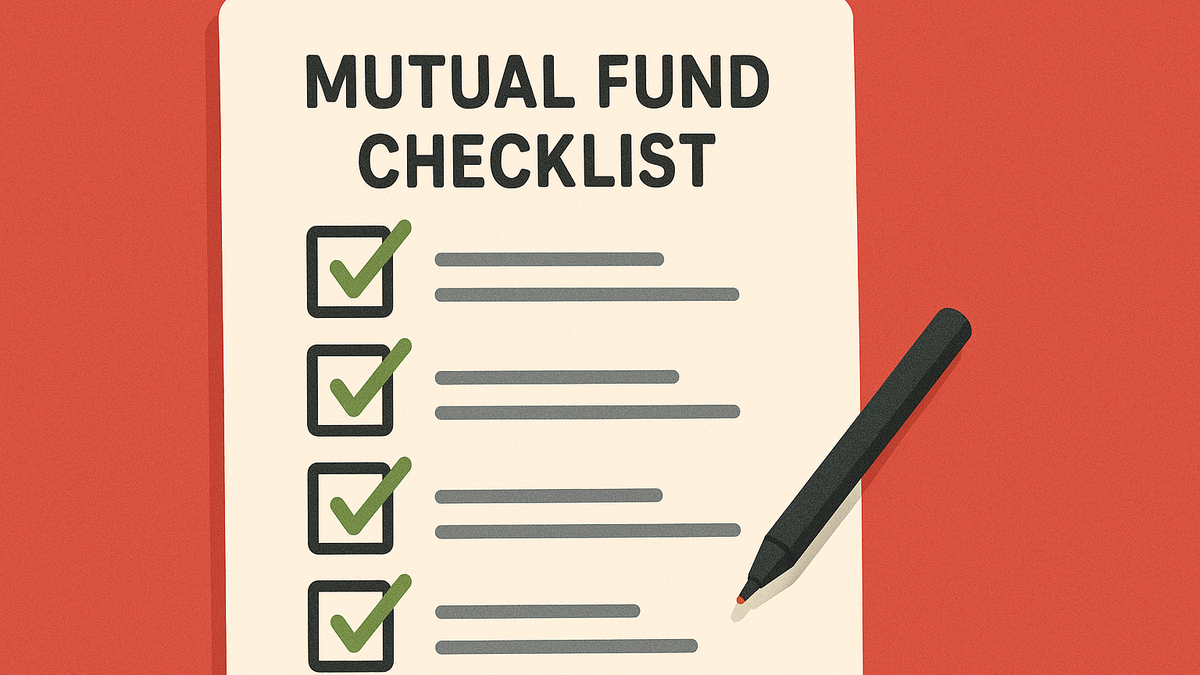Mutual funds offer one of the simplest entry points into the world of investing because they allow you to pool money with other investors and gain access to a professionally managed portfolio of stocks, bonds, or other securities. But with lots of options available, how do you pick your first mutual fund?
This article breaks it down step by step so you can make an informed decision
A mutual fund is an investment vehicle that collects money from multiple investors and invests in a diversified portfolio of assets. Instead of picking individual stocks or bonds, you buy “units” of the fund. A professional fund manager then makes investment decisions on your behalf.
For beginners, mutual funds are a great way to start investing because they offer:
- Diversification: Your money is spread across many assets, reducing risk.
- Professional management: Experts manage the investments for you.
- Accessibility: Many funds let you start with as little as ₦5,000 (or $50 in some markets).
So How Do You Pick A Mutual Fund?
1. Define Your Investment Goals
Before choosing a mutual fund, ask yourself:
Are you saving for the short term (1–3 years), medium term (3–5 years), or long term (5+ years)? Do you want growth (capital appreciation), steady income (dividends/interest), or a balance of both?
For example:
Short-term goals: Consider money market or bond funds.
Long-term goals: Equity mutual funds or balanced funds may be better.
2. Know Your Risk Tolerance
Every mutual fund has a different risk level:
- Low-risk: Money market and government bond funds.
- Medium-risk: Balanced funds (mix of stocks and bonds).
- High-risk: Equity mutual funds (stocks only).
If you’re nervous about losing money in the short term, start with a conservative or balanced fund. If you’re young with a long investment horizon, you might take on more risk for higher potential returns.
3. Understand the Types of Mutual Funds
Here are some common categories:
- Equity Funds: Invest mainly in stocks. Higher risk, higher potential returns.
- Bond Funds: Invest in government or corporate bonds. More stable, lower returns.
- Balanced/Hybrid Funds: Mix of stocks and bonds for moderate risk.
- Money Market Funds: Very safe, focus on short-term debt instruments.
4. Compare Fund Performance
Look beyond flashy advertisements. Key metrics to check include:
- Historical returns: Compare performance over 3, 5, and 10 years (though past returns don’t guarantee future results).
- Consistency: Did the fund outperform its benchmark regularly, or only occasionally?
- Fund manager track record: A skilled, experienced manager is valuable.
5. Pay Attention to Costs
Mutual funds charge fees that can eat into your returns. Watch out for:
- Management fees (expense ratio): Usually 1–2% annually. Lower is better.
- Entry/exit charges: Some funds charge when you buy or sell.
A difference of even 1% in annual fees can significantly affect your wealth in the long run.
6. Check the Minimum Investment Requirement
Some mutual funds require high starting amounts, while others let you begin small. If you’re new, start with a fund that has a low minimum requirement so you can test the waters.
7. Align With Your Financial Plan
At the end of the day, the “best” mutual fund depends on you. Don’t just follow trends or pick a fund because someone recommended it. Instead, ensure it aligns with your personal goals, income, and financial strategy.
Quick Checklist Before You Buy Your First Mutual Fund
✅ Define your goal (short, medium, or long term)
✅ Know your risk tolerance (low, medium, high)
✅ Choose a fund type (equity, bond, balanced, money market)
✅ Review past performance and manager track record
✅ Compare costs and fees
✅ Check the minimum investment requirement
Picking your first mutual fund doesn’t have to be complicated. Start by understanding your goals and risk appetite, then choose a fund that matches them. Remember, the most important step is to start investing early, time in the market matters more than timing the market.




